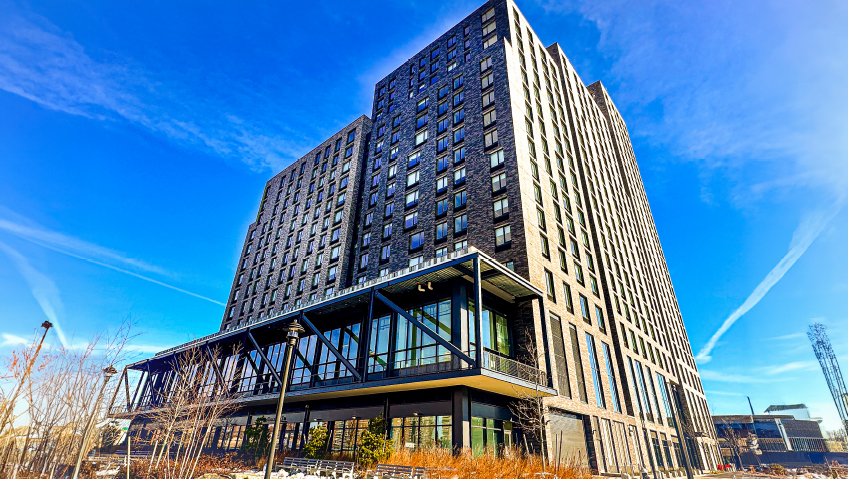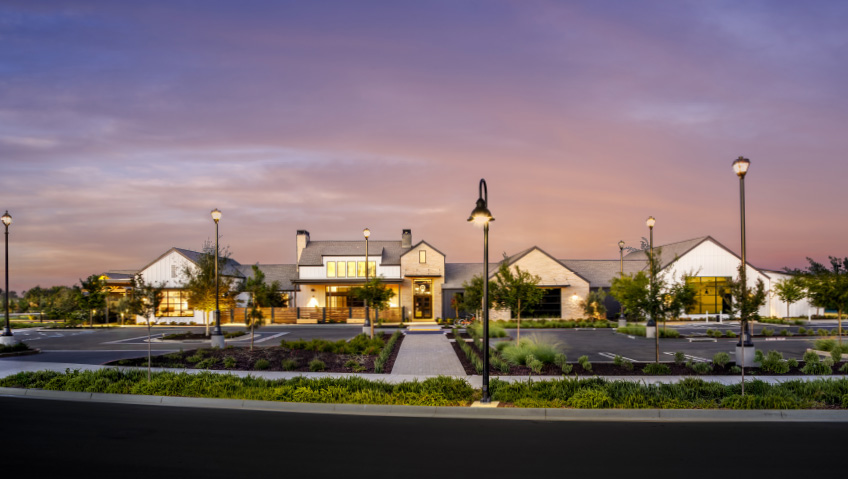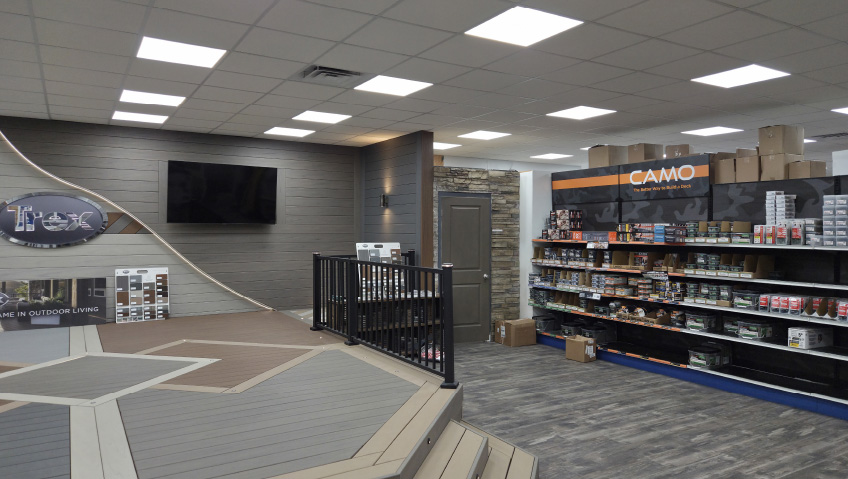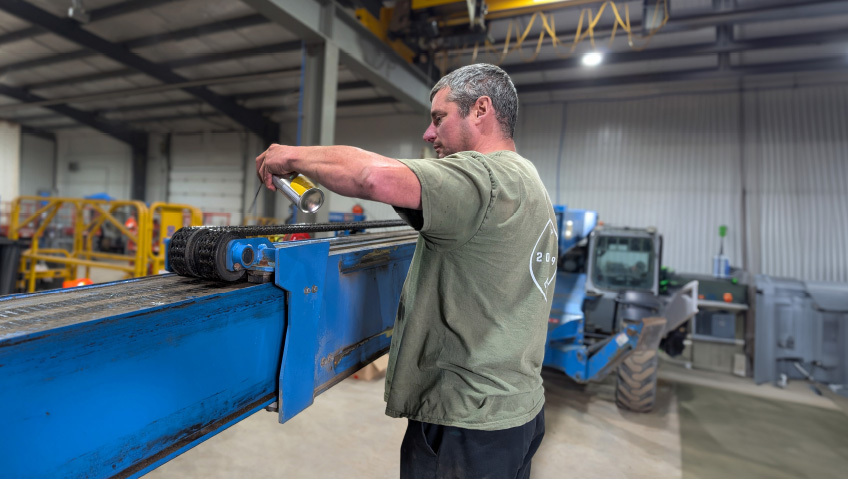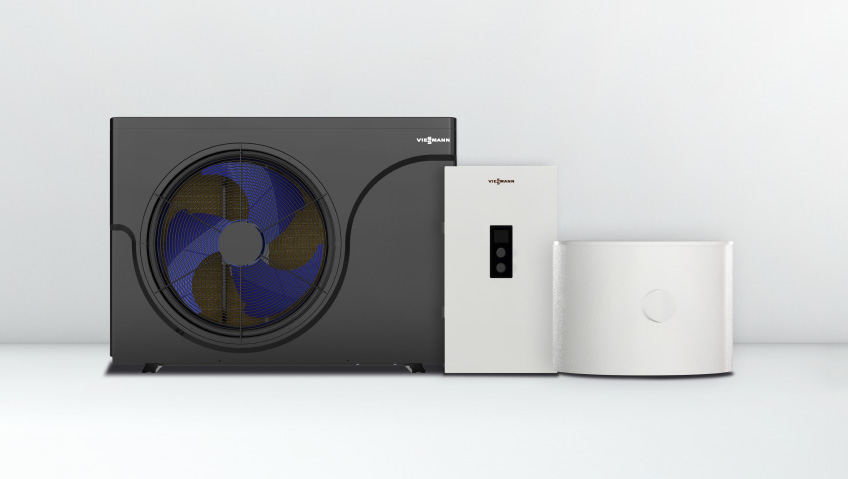Peerless Products of Fort Scott, Kansas designs and manufactures doors and windows for everything from schools to skyscrapers. This strong proponent of sustainability produces its wares with energy-efficiency, safety, convenience, and comfort in mind. In addition to its well-crafted products, the company firmly believes in the importance of customer care.
The company takes pride in how well it takes care of its clients. “We do a lot of value-add for our customers. We’re good at listening and trying to figure out what they care about, and we try to make the process easy and painless, and add value along the way,” says President Coby Jones.
Peerless Products was founded in Fort Scott in 1952. At first, it primarily provided storm windows, doors, and aluminum awnings for residential homes. In the 1970s and 1980s, the company moved away from residential and entirely into the commercial sector. Over the decades, Peerless has provided windows and doors for schools, universities, military buildings, offices, and other structures. It has also done work for historical preservation societies and national parks. Specialty products include windows and doors for hospitals, psychiatric institutions, hurricane-prone areas, and noisy locales near airports or highways.
“We make architectural windows and doors, we make commercial windows and doors, and then we make a unitized curtain wall that has some [unique qualities]. It’s called Talon Wall®,” states Jones.
The company’s main plant in Fort Scott performs extrusion, powder coating, and assembly, among other duties. The company has a branch in Iola, Kansas which focuses on commercial windows and doors and a branch in Missouri which builds curtain walls. Peerless maintains a warehouse in Missouri as well.
Architectural windows and doors are typically custom-designed and produced in various colors, finishes, sizes, and flourishes, with an emphasis on appearance and aesthetics. They are used in apartment buildings and similar. Commercial windows, by contrast, are typically large and sturdy with heavy-duty frames and reinforced glazing, and are used in schools, offices, and businesses.
Beginning in the early 2000s, Peerless began to focus more on architectural doors and windows and within this sector, has taken on a number of projects involving very tall buildings. “Over the last decade or so, the biggest thing we’ve probably been doing is multi-family high-rise. So 20, 30, 40, 50, 60-story buildings that are multi-family or mixed-use/multi-family,” says Jones.
A curtain wall is an external building covering, usually made with glass or aluminum, which does not bear any structural load. A unitized curtain wall is simply a pre-assembled curtain wall that is transported in one or a few pieces to a jobsite. The patented Talon Wall® by Peerless requires only a small crew to install.
For instance, Peerless was contracted to provide Talon Wall® for a 60-story residential and mixed-use tower going up in Jersey City, New Jersey. The 600-foot structure will serve as an anchor building in a redeveloped neighborhood called Hudson Exchange. The skyscraper “overlooks the Hudson River and Lower Manhattan. You can see the Freedom Tower and Statue of Liberty. That’s a significant job we’re working on,” says Jones.
Peerless has contributed its talents to other prominent higher education projects such as architectural doors and windows at Brown University in Rhode Island, Duke University in Durham, North Carolina, Georgetown University in Washington, DC, and Harvard University in Massachusetts. The work that Peerless has done for the government, meanwhile, covers everything from correctional centers and military bases to the U.S. Military Academy at West Point in New York State.
“We pride ourselves on building relationships and knowing who our customers are and trying to work with them closely and listen to what they care about. That’s our primary focus,” says Jones.
This led Peerless to work with the North American branch of European firm Rehau on a new window system called Artevo. A huge company with a global reach, Rehau specializes in polymer-based solutions and has divisions devoted to windows, cars, buildings, furniture, and industry. Its North American branch is headquartered in Leesburg, Virginia.
The Artevo system has not yet been released in the United States, although a launch is imminent. “We’ve been working with [Rehau’s] marketing team out of Leesburg, along with their German engineering team in Europe. We’re trying to get that all put together now,” Jones shares.
The window system is “a high-performing, high-quality product for the future. It would be a next-generation product that we could pair with high-performing glazing and really target low thermal values for our customers that are pushing net zero,” he says, referring to a benchmark for curtailing greenhouse gas emissions.
While Peerless sells its products from California to New York and from Canada to the Caribbean, much of its current workload is centered on large population centers. “We’ll cover the whole nation, but the architectural market is focused really in larger cities where the larger buildings are,” says Jones.
Of course, Peerless has not forgotten about other aspects of its business. A team handling commercial windows and doors remains very active in the Southeast, Midwest, and West Coast, for example.
Tall buildings aside, increased environmental awareness and regulatory changes in cities are also driving demand for the company’s eco-friendly solutions. “There’s a lot of interest right now in having a lower U-value in areas of the country like New York City and Boston,” he says. “They need U-values that will go down close to 0.1 or 0. We’re working on innovations to this end right now.”
The company aims to make doors and windows that have low thermal transmittance—known as U-values—and minimal solar heat gain coefficient (SHGC). U-values measure how effective insulating glass is in retaining hot or cold air—the lower the U-value, the better the insulation. SHGC refers to the amount of radiation from the sun transmitted through a door or window.
Keeping on top of trends within the window and glass sector, from sustainability to size preferences—“Windows keep getting bigger and bigger,” notes Jones—is integral to ensuring the company’s future success. “The market is vast and changes constantly, so you have to continue to innovate,” he says.
He is eager to expand the company’s use of powder coat technology, as it offers a harder finish that lasts longer than traditional paint and keeps buildings looking fresher and younger. This environmentally friendly finish technology provides many added benefits such as antimicrobial properties as well as the longest warranty available.
Beyond possibly adding more warehousing space, there is no need to open new facilities at present. The company would prefer to increase capacity by finding efficiencies before breaking ground on new buildings. “We’re not looking to buy another manufacturing facility immediately because we’re seeing opportunities to be more efficient by doing some continuous improvement with the [facilities] we have,” explains Jones.
Peerless currently has more than 500 employees, although this number fluctuates due to the cyclical nature of the business. “Different segments of the market sometimes cool and have setbacks, then there are rapid growth periods and better times.” Depending on workload, the team has grown to nearly 600 personnel.
The company likes to think of itself as having “transformational management,” says Jones. Instead of a top-down leadership style, management listens to workers, shares in decision-making, and encourages innovation. The company’s finances are transparent, and Peerless has a profit-sharing program and other incentives to further motivate staff.
In the same spirit of transformation, Peerless also offers AIA continuing education courses to its architect teams. These lunch-and-learn presentations are intended to impart the benefits of sustainable design practices.
The company takes a multi-faceted approach to promotion, maintaining an online presence and attending regional industry events and trade shows. Peerless had a booth at the recent American Institute of Architects (AIA) conference in Washington, DC, and of course, counts on its reputation to bring in work from new or returning clients. The company will be attending AIA25 in Boston from June 4-7, 2025, at Booth #2123.
Jones is very optimistic about the future of the firm and is proud of the direction in which Peerless is heading. “We’re growing,” he says, and while market changes are definitely a challenge, “we welcome those challenges and try to stay ahead and be a leader for our customers.”

